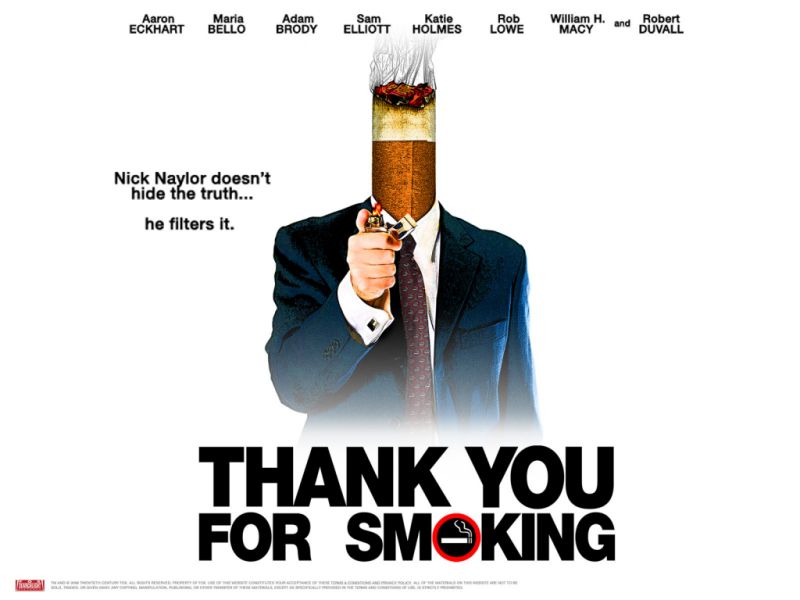"What's a pack of smokes cost? Your teeth."
Claim (Implied): You should not smoke.
Reason: Smoking will cost you your teeth.
Warrant / Underlying Assumption: People like having their teeth.
Backing: Teeth are necessary for a lot of important things, like eating and smiling for photos.
 |
| It isn't hard to find scientific backing for the claim. I found this in two minutes, tops. |
One way to look at it is that the FDA assumes that the public knows it has the data to prove its reason, and so the FDA saw no need to actually present the evidence. What I think is more likely returns to the first sentence of this post - "the commercial relies primarily on pathos." Watch the commercial again and try to find a spot to fit in some scientific backing without breaking the flow of the commercial. I think trying to create an argument fully grounded in the Toulmin System would hurt the pathos of the commercial, which is its strongest point. Thus, the FDA omitted the grounds.
The backing is significantly harder to attack. Teeth are important. If they weren't, we wouldn't have dentists.





_seeks_advice_from_friend_nathan_(ken_bevel).jpg)













